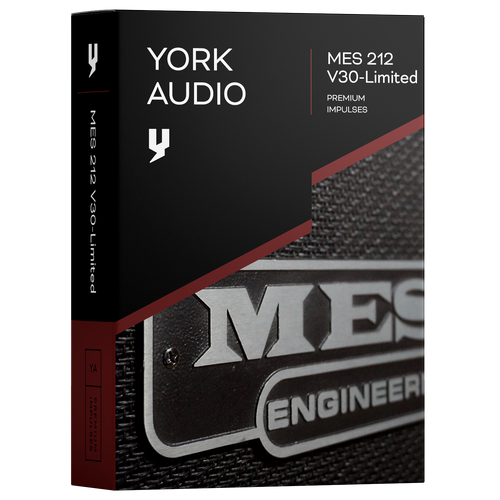Shredder777
Groupie
- Messages
- 32
.
Last edited:
For me, yes. Instead of relying on someone else's idea of where mics should be placed, they can be easily moved and swapped. I mainly use ML Sound Lab MIKKO 2, which can export an IR in various formats for whatever cab setup you build. That's very handy as I can then take my favorite IRs and slap them on just about anything.I've been researching the Two Notes Opus and it looks like a really nice cab sim solution (with some extra preamps on the Cab M).
They have DynIRs which is a collection of IRs that enable you to position the mic(s) on the cab. Most of the latest software solutions like Amplitube/GuitarRig/etc have this concept.
Some of the hardware modelers have this implemented to varying degrees. I believe the Fractal do this (in software). The Tonemaster Pro does it (on device). And I'm certain there are IR collections that have multiple position captures that you can navigate with your scroll wheel to change mic position, so if your modeler doesn't have a built in dynamic IR solution, you can still hunt and peck navigate through them.
In YOUR experience, are dynamic IR solutions more better than individual IRs? The problem with dynamic IR libraries is that they don't seem to be compatible with one another.
I guess you mean poweramp simulation? Depends on what you are running into it. If it's a preamp only device, then yes you can benefit from poweramp simulation. It will sound alright without it, but I think it does elevate the sound. I have no idea how good the poweramp sim on the Two Notes is.Also, extra points for your opinion on tube amp simulation. Does simulated tube saturation work in a desirable way? A decade ago when I was recording with my iso cab, there was a sweet spot with the amp where it made it sound more alive, but if you went too far it lost headroom and could sound flubby. So there was a creative element of balancing amp's EQ, with the level of tube saturation, and the position of mics.
Movable mic cab sims produce a mixed IR, so they are the same deal. The value is in being able to build your own, but that might not be important if you love the way a particular IR vendor does their stuff.Worth buying an Opus? Or is tube simulation/dynamic IRs just achieving the same thing that regular IRs have been doing for a decade?
Fractal does it on unit, not just software editor.I've been researching the Two Notes Opus and it looks like a really nice cab sim solution (with some extra preamps on the Cab M).
They have DynIRs which is a collection of IRs that enable you to position the mic(s) on the cab. Most of the latest software solutions like Amplitube/GuitarRig/etc have this concept.
Some of the hardware modelers have this implemented to varying degrees. I believe the Fractal do this (in software). The Tonemaster Pro does it (on device). And I'm certain there are IR collections that have multiple position captures that you can navigate with your scroll wheel to change mic position, so if your modeler doesn't have a built in dynamic IR solution, you can still hunt and peck navigate through them.
In YOUR experience, are dynamic IR solutions more better than individual IRs? The problem with dynamic IR libraries is that they don't seem to be compatible with one another.
IOW does having something like a Two Notes Opus help your sound? Or do you just find a collection of IRs you like and load them into whatever you are using?
Also, extra points for your opinion on tube amp simulation. Does simulated tube saturation work in a desirable way? A decade ago when I was recording with my iso cab, there was a sweet spot with the amp where it made it sound more alive, but if you went too far it lost headroom and could sound flubby. So there was a creative element of balancing amp's EQ, with the level of tube saturation, and the position of mics.
Worth buying an Opus? Or is tube simulation/dynamic IRs just achieving the same thing that regular IRs have been doing for a decade?
IOW does having something like a Two Notes Opus help your sound? Or do you just find a collection of IRs you like and load them into whatever you are using?

 www.yorkaudio.co
www.yorkaudio.co
You still didn’t buy it, right?
You still didn’t buy it, right?
No i bought it… its decent for 1$You still didn’t buy it, right?
Why would he? No IR joy on a Tonelab.
I have ir loader sorry link was so bad its tc electronicWhy would he? No IR joy on a Tonelab.
